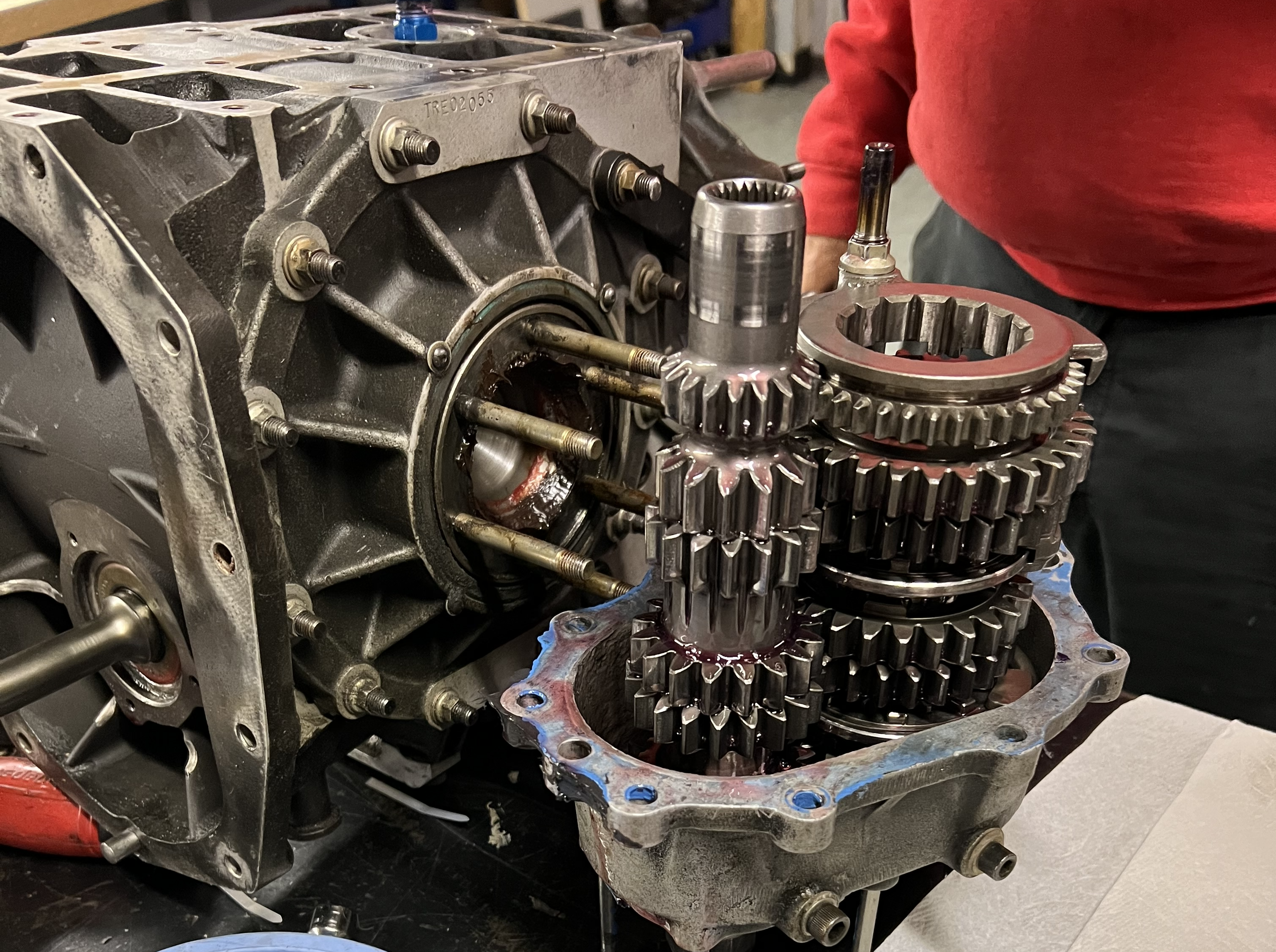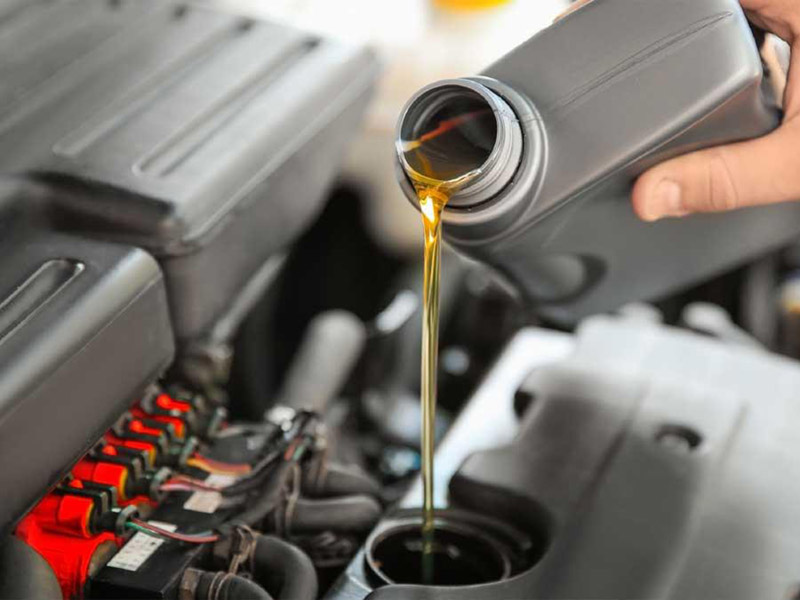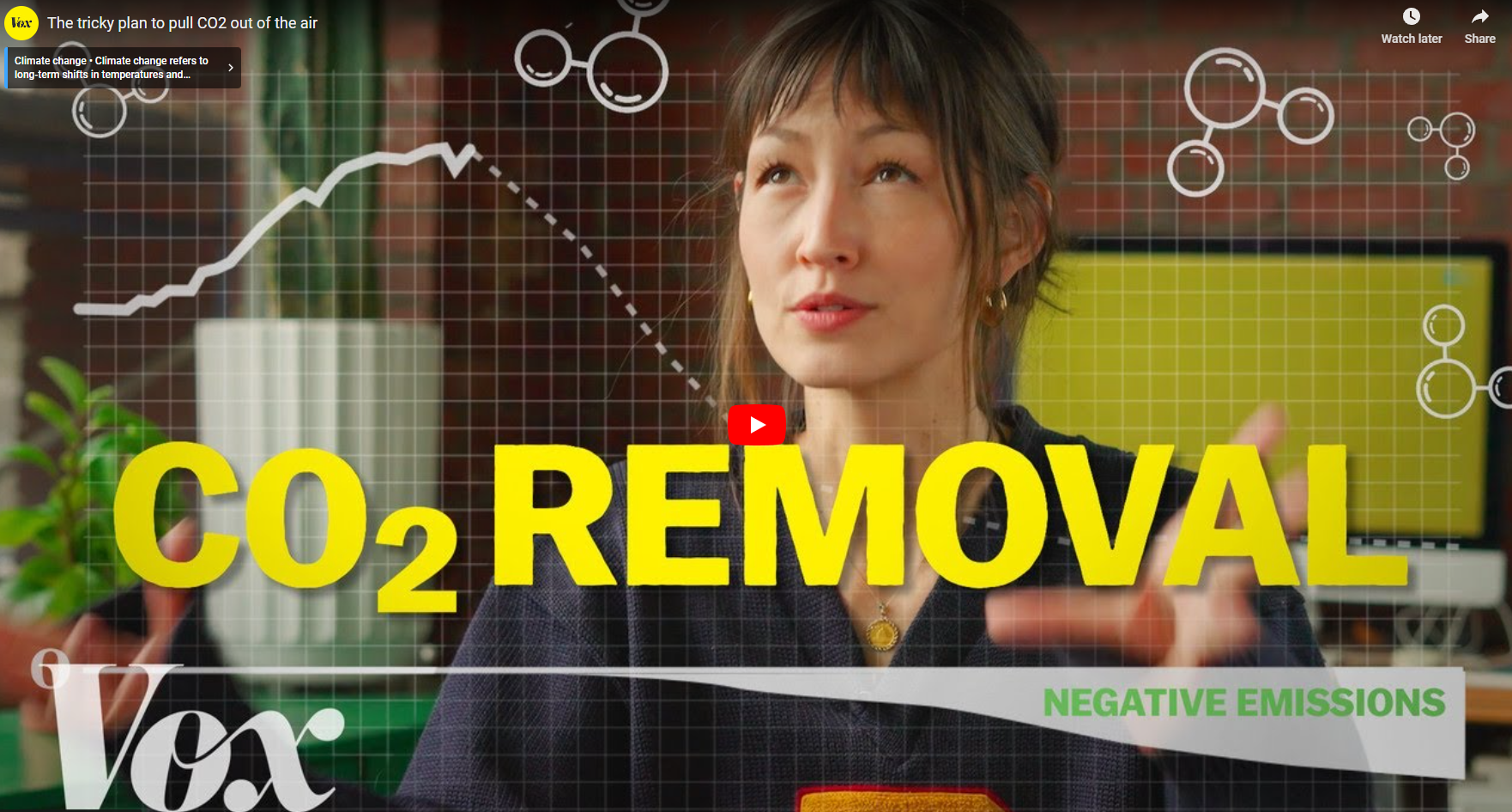Wet Stacking is one of the problematic issues with U.S. Army and Federal and Municipal government vehicles that may not travel many miles but do a lot of idling while waiting to be deployed.
Wet Stacking occurs when engines are cold, ie. engines which have not reached their optimized operating temperature. Colder engines have a lower combustion efficiency than those which have reached the ideal operating temperature. This relative inefficiency causes the fuel to ignite further on in the combustion stroke due to lower internal temperatures. The lower temperature can cause the fuel coming out of the injector to stick to the walls of the cylinder. Once the fuel adheres to the sides, it will slowly enter the oil system as it is scraped off the piston rings and enters the crank case.
Porsche AG’s recognition of the problems associated with fuel dilution speaks to the importance and relative fuel efficiency gains of Evolve Lubricants Renewable Engine Oil which outperforms every other petroleum reference oil included in their fuel dilution testing program.
Large amounts of fuel dilution affect the performance of the oil and the engine. The biggest issue arising from fuel dilution is the lowering of the oil viscosity since the oil/ fuel mix has a much lower viscosity than the oil alone as well as possessing a lower vapor pressure and thinning effect which in turn can cause the oil fuel mixture to adopt a lower viscosity than designed.
The result is that the oil will possess less effective lubricating properties and will cause the strength of the oil film to reduce thereby increasing the amount of wear on the cylinder liner and the bearings. The oil film is crucial for reducing the friction between the moving components by providing a barrier. Any thinning of the oil reduces the effectiveness of the barrier increasing the amount of wear on the system.
There are many other issues which can occur due to lower oil viscosity or degraded oil in general. The relative effectiveness of any additives may diminish within the oil increasing the volatility of the oil and the rate at which oxidation occurs within the oil which, of course, translates to more frequent oil changes.







Leave A Comment